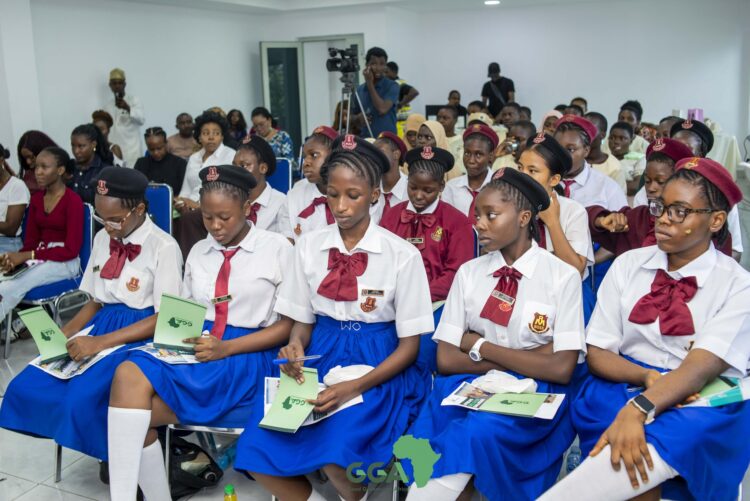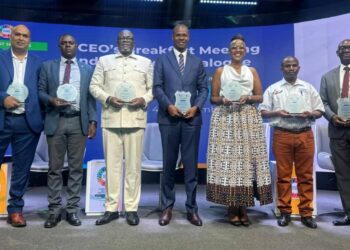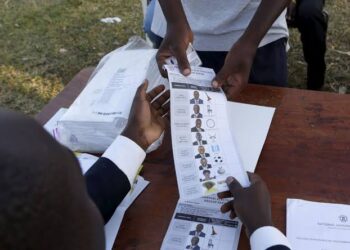OPINION
As the world celebrates the International Day of the Girl Child, this reminds us of the power, challenges, resilience, and leadership of girls across the globe. Yet, it also exposes the stark reality that millions of girls continue to confront barriers that deny them their rights and silence their voices.
This year’s theme is a bold declaration that recognizes girls not as passive victims of crises but as active leaders shaping responses and solutions that drive transformation in their communities. From conflict zones to communities hit by climate change, girls are at the centre of resilience, yet too often excluded from decision-making spaces.
Notably, Crises whether humanitarian emergencies, climate shocks, pandemics, or displacement hit girls hardest. These disrupt education leading to school dropout, increase the care burden, increase risks of gender-based violence, and push many into early marriage, child labour and teenage pregnancy. But beyond these vulnerabilities, there is another story: girls stepping up to lead in communities, schools, institutions, refugee camps and grassroots movements, girls are driving change teaching peers about health, leading economic empowerment, leading climate action campaigns, challenging harmful social, cultural norms, and supporting their families and communities to rebuild.

Furthermore, to unlock girl children’s potential to lead and thrive, society must dismantle the barriers that hold them back from realising their dreams. Governments must prioritize funding for girls innovations, education, healthcare, and protection systems even in times of crisis. Communities must create safe spaces where girls can organize, speak, and lead without fear. The private sector must invest in amplifying girls’ innovation and resilience.
As the world faces overlapping crises conflict, inequalities, climate disasters the question is not whether girl child can lead. They already are. The question is whether we will recognize their contributions, elevate and amplify their voices, provide the resources to scale their impact.
On this International Day of the Girl Child, let us commit to seeing girl children not only through the lens of their struggles but through the lens of their leadership. Because the girl child is not just the future, she is the present, shaping change in ways the world urgently needs.
By Ainembabazi Shallon,
The writer is a Programs officer at Women for Green Economy Movement Uganda.








































